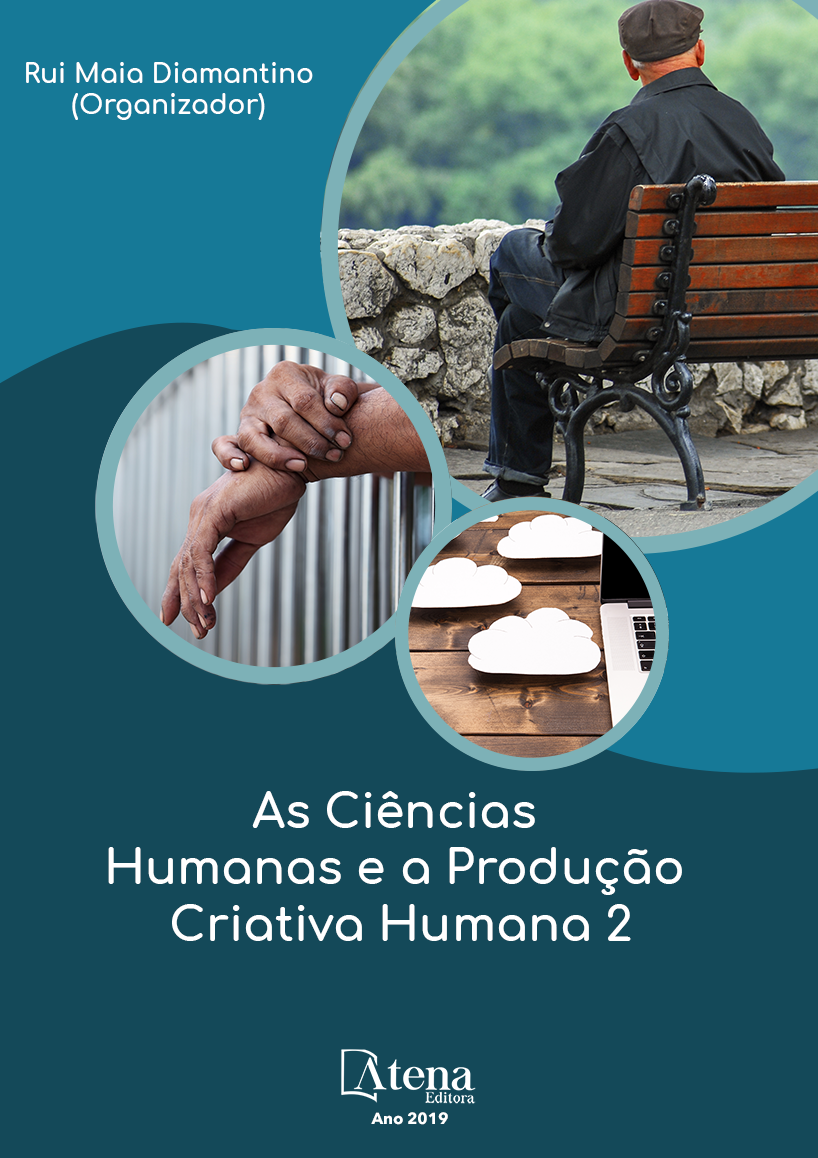
A BENZEÇÃO POPULAR COMO LEGADO DE UMA ARTE FEMININA DE CURA PROVENIENTE DO ALÉM-MAR: APROXIMAÇÕES E AFASTAMENTOS
Esse levantamento bibliográfico tem
por objetivo apresentar um panorama acerca
de nossas rezadeiras tradicionais: de suas
origens europeias (como bruxas, saludadoras,
santeiras, cuspideiras e meigas galegas) até
os dias atuais. Tanto essas como aquelas são
típicas do ambiente campesino - e periférico,
se citadino. Seus consulentes as têm buscado,
independentemente de sua classe econômica,
sistema de crenças ou grau de instrução, para a
solução de problemas que vão dos sentimentais
aos orgânicos, dos profissionais aos vicinais,
dos agrários aos financeiros. Acreditamos que o
estudo dessas mulheres que curam, presentes
em todo o mundo sob os mais diversos nomes,
deve ser intensificado para que seu legado
não se perca. Portanto, para embasar nossas
considerações, ancoramo-nos em teóricos
referenciais da área como Conceição (2008),
Rosário et al. (2014), Santos (2007, 2009) e
Theotonio (2011). Concluímos que a figura das
rezadeiras vem sofrendo transformações e
recebendo influencias ao longo dos séculos, mas
sem perder sua essência ligada à manipulação
da energia e daí a relevância desse trabalho:
servir de instrumento a mais na preservação da
memória dessas mulheres que provêm a auto
cura e a cura de outrem.
A BENZEÇÃO POPULAR COMO LEGADO DE UMA ARTE FEMININA DE CURA PROVENIENTE DO ALÉM-MAR: APROXIMAÇÕES E AFASTAMENTOS
-
DOI: 10.22533/at.ed.9521903091
-
Palavras-chave: Curandeiras, Origens, Medicina Popular.
-
Keywords: Female Folk Healers, Origins, Popular Medicine.
-
Abstract:
This bibliographic survey aims
to present a panorama about our female
folk healers: from their European origins (as
witches, Saludadoras, Santeiras, Cuspideiras
and Galician Meigas) to the present day. Both
the former and the latter are typically from the
peasant and peripheral environment (especially
if they live in the city). Their querents have
sought them, regardless of their economic class,
belief system or degree of education, for the
solution of problems ranging from sentimental
to organic, from professionals to problems with
their neighbors, from agrarian to financial. We
believe that the study of such women who heal,
who are present throughout the world under
different names, must be intensified so that their
legacy is not lost. Therefore, we anchor our investigation in reference theoreticians of
the area such as Conceição (2008), Rosario et al. (2014), Santos (2007, 2009) and
Theotonio (2011). We conclude that the figure of the popular female folk healers has
been suffering transformations and receiving influences over the centuries, but without
losing its essence linked to the manipulation of energy - hence the relevance of this
work: to serve as an instrument for the preservation of the memory of such women who
provide self-healing and cure.
-
Número de páginas: 15
- Lia Machado Fiuza Fialho
- Yls Rabelo Câmara


